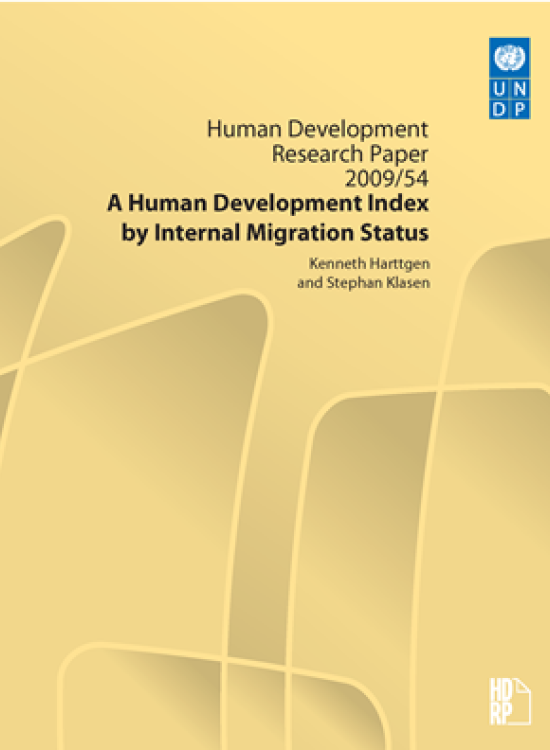A Human Development Index by Internal Migration Status

Download Report by Language
Document
hdrp200954.pdf
(485.72 KB)
Citation
Harttgen, Kenneth, Klasen, Stephan. 2009. A Human Development Index by Internal Migration Status. New York.
A Human Development Index by Internal Migration Status
Posted on: January 01, 2009
Migration continues to be a very important income diversification strategy, especially for poor populations in developing countries. However, while there has been much analysis on the economic consequences of migration for migrants and the receiving regions, whether internal migration improves or deteriorates human development is not easy to determine. This papers applies a recently development analytical framework that allows to calculate the HDI for subgroups of a population. We use this approach to calculate the HDI by internal migrational status to assess the differences between the levels of human development of internal migrants compared to non-migrants, and also across countries as well as by urban and rural areas. An empirical illustration for a sample of 16 low and middle income countries shows that, overall, internal migrants slightly achieve a higher level of human development than non-migrants. The results also show that differences in income between migrants and non-migrants are generally higher than differences in education and life-expectancy. Disaggregating the analysis by urban and rural areas reveals that urban internal migrants are better o® than urban non-migrants and rural migrants are better off than rural non-migrants.